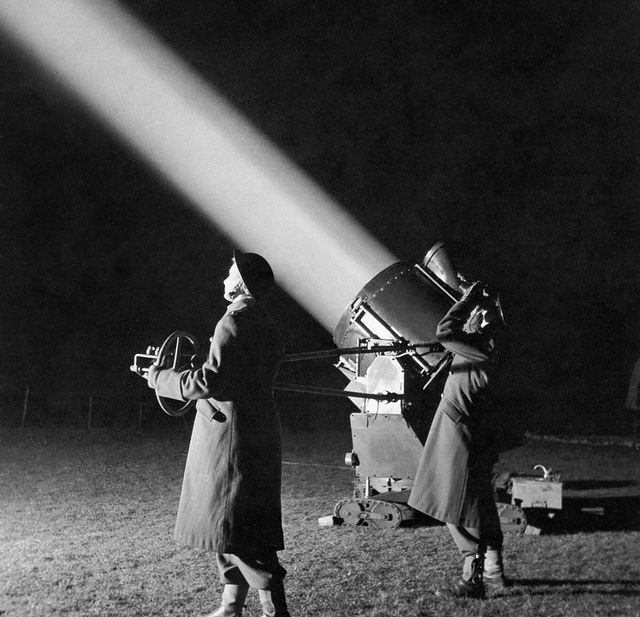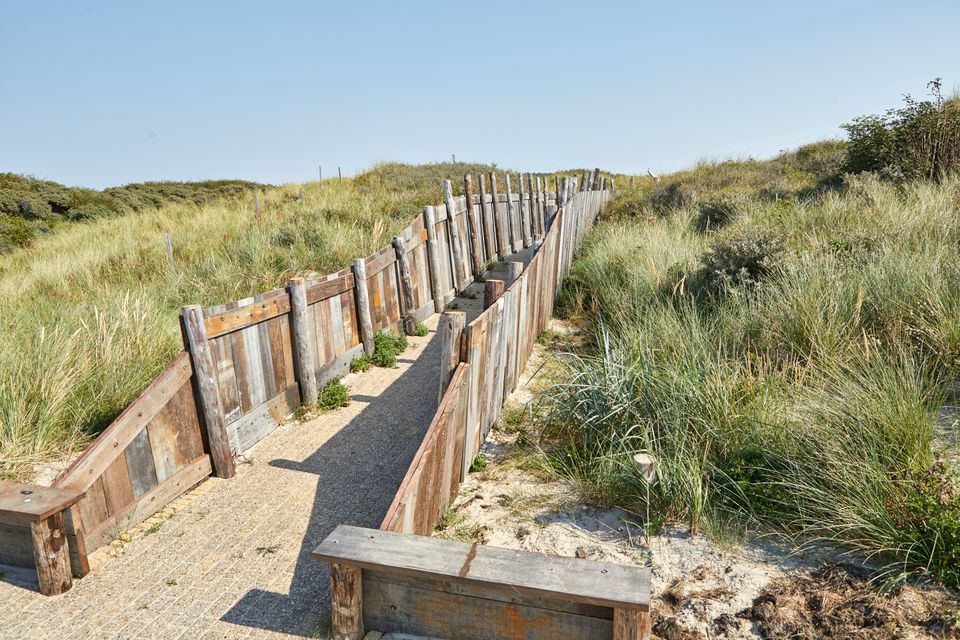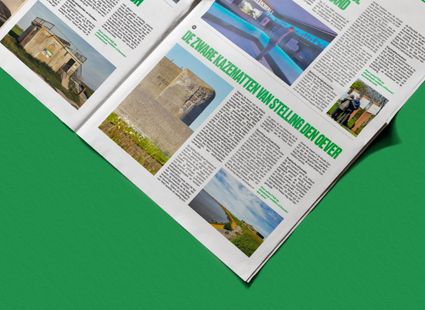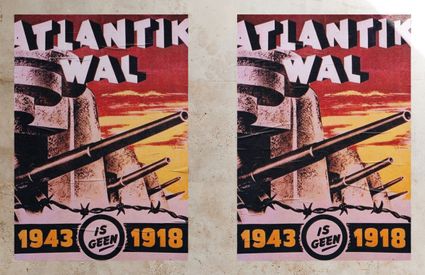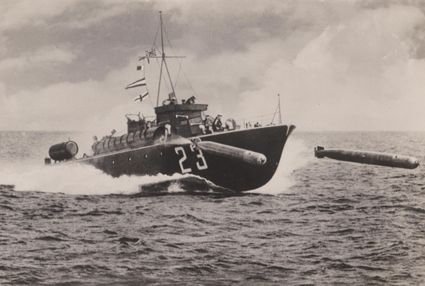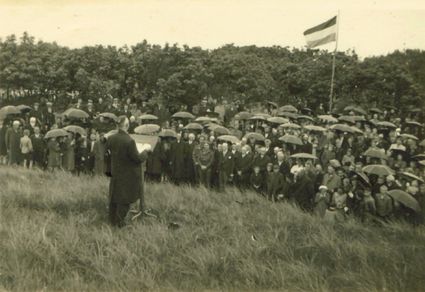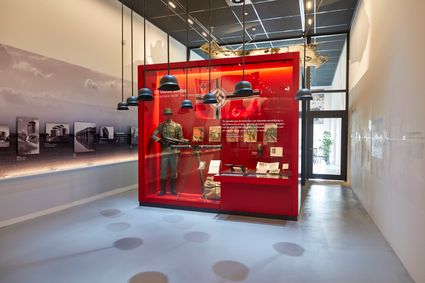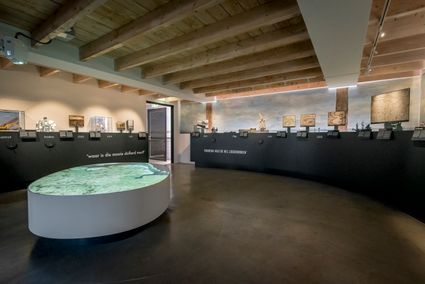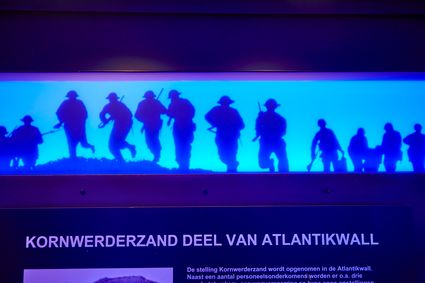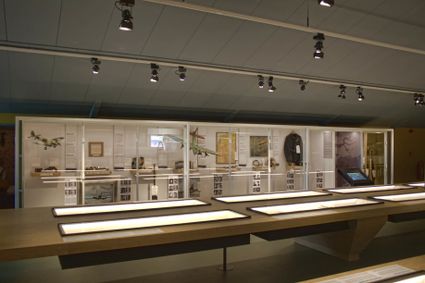Discover the Atlantic Wall
The bunkers in the Wadden area are part of the Atlantic Wall: the more than 6,000-kilometre long German defence line from Norway to Spain. Thousands of homes were destroyed along the west coast of the European continent to make room for bunkers and batteries. The Atlantic Wall also changed the landscape of the Wadden islands and the Wadden coast. You can now experience the story behind this fascinating piece of WWII military heritage.
Discover the Atlantic Wall in the Wadden area, on this website, or at one of the ten locations.
Visit
Visit
Discover the story behind the WWII military heritage by visiting one of the visitors centres or museums.
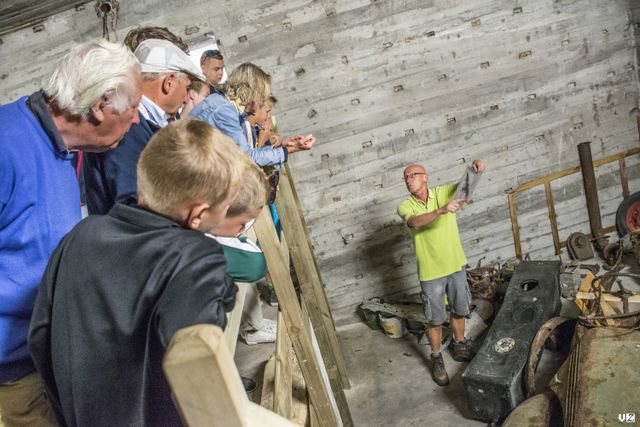
Aviation and war museum Texel
Texel was a strong support point in the Atlantic Wall for the German occupiers with more than 500 buildings, including 3 coastal batteries and 2 anti-aircraft batteries, on the island.
Meer over Aviation and war museum Texel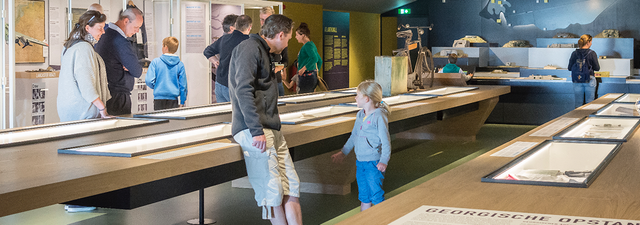
Stelling 12H
There is a complete bunker fort in the dunes on Vlieland. These bunkers were a well-kept secret for many years. In 1951, they were buried in the sand.
Meer over Stelling 12H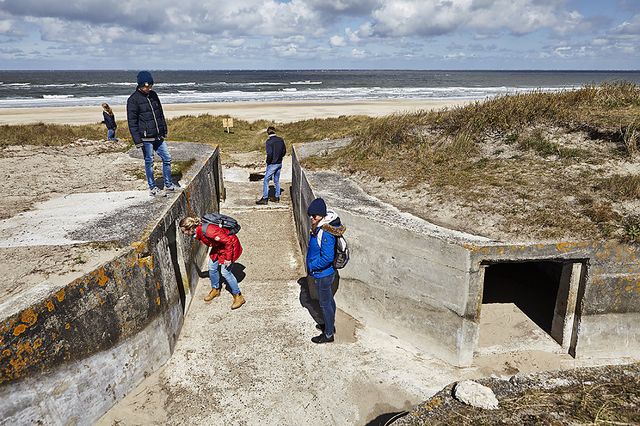
Tigerstellung
The Tigerstelling on Terschelling was a large bunker complex and part of the Atlantic Wall in the Wadden area. Command bunker ‘Bertha’ was the heart.
Meer over Tigerstellung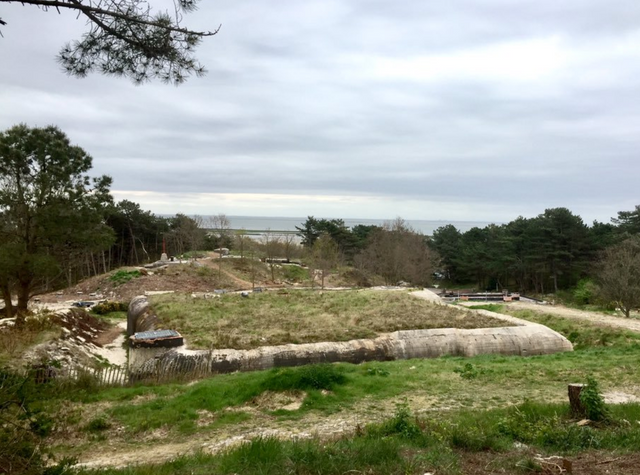
Bunker museum Ameland
On the western side of Ameland in particular, the bunkers disappeared under the sand. The kitchen bunker for the battery that was stationed here now houses the bunker museum.
Meer over Bunker museum Ameland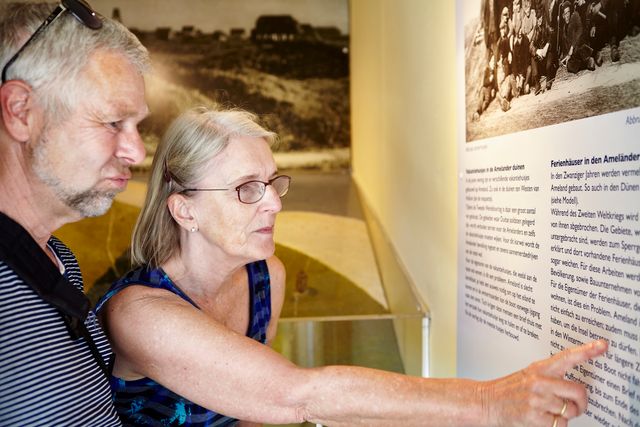
Bunker museum Schlei
A village of bunkers was built on Schiermonnikoog as part of the Atlantic Wall: Schlei. The island residents called the fortification Schleidorp (Schlei village).
Meer over Bunker museum Schlei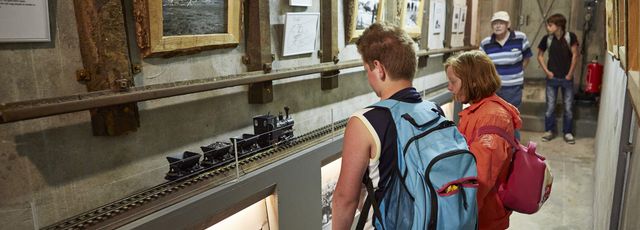
Marine flak
Starting at the visitor centre Termunten, you can walk along several routes with visible and less-visible remains of the Atlantic Wall.
Meer over Marine flak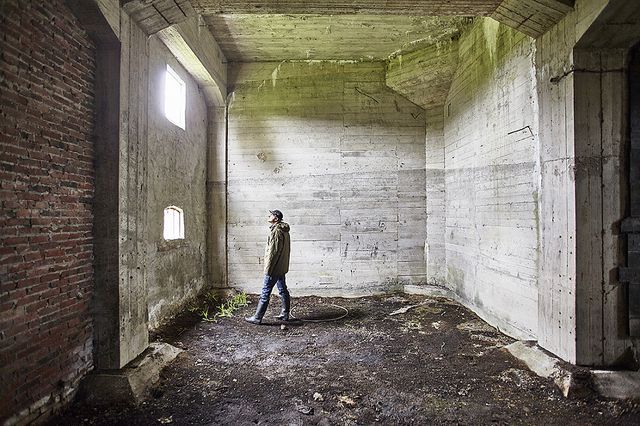
Noarderleech
The Noarderleech was a German army practice location. It was built manually, without machines, in 1940 by about 100 men and given the name SF10 Marrum.
Meer over Noarderleech
Kornwerderzand kazematten museum
Two strong defence lines were constructed during construction of the Afsluitdijk. In May 1940, the German Blitzkrieg came to a halt in Kornwerderzand.
Meer over Kornwerderzand kazematten museum
Stelling van den oever
The Afsluitdijk was completed in 1932. A fast connection between Friesland and Holland also meant fast access for enemies. This is why the Afsluitdijk got casemates.
Meer over Stelling van den oever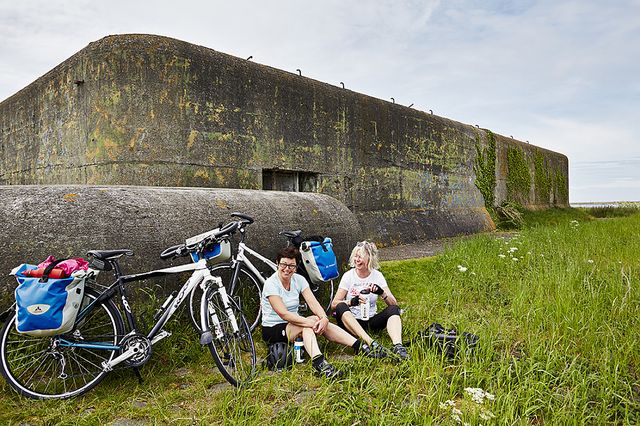
Huisduinen Atlantikwall expedition center
Den Helder suffered badly during WWll. Both the harbour and nearby airport were used by the German navy.
Meer over Huisduinen Atlantikwall expedition center
Stories
You won't want to miss this
There are remains of German bunkers from WWll all over the Wadden area. This heritage tells a story that is being made accessible in more and more locations. Bunkers are being excavated, visitors centres provide information and expositions show how WWII impacted the Wadden area. So much to see.
Learn more
-
Bunker day 2020
Bunker day 2020
Mark the day in your calendar. The bunker day 2020 on 6 June!
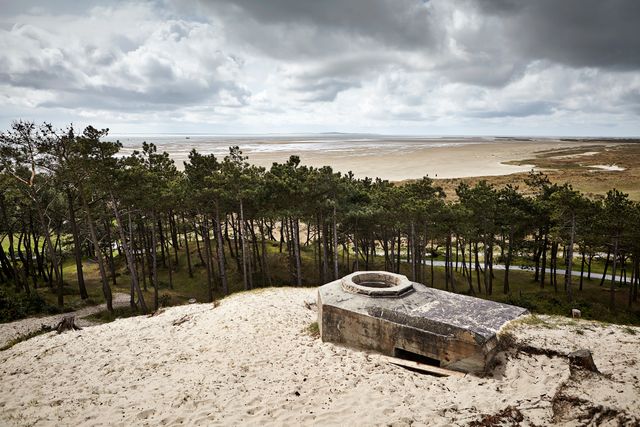
-
75th anniversary of the liberation
75th anniversary of the liberation
The Wadden area will also be commemorating 75 years of freedom. Check the calendar.

-
Georgian uprising
Georgian uprising
The bloody uprising of a Georgian battalion in April 1945 left many traces and memories on Texel.

-
Liberation Routes
Liberation Routes
5 Liberation Routes are being created for the Wadden area. These routes are part of a European network of memorial routes connecting milestones from modern European history.
